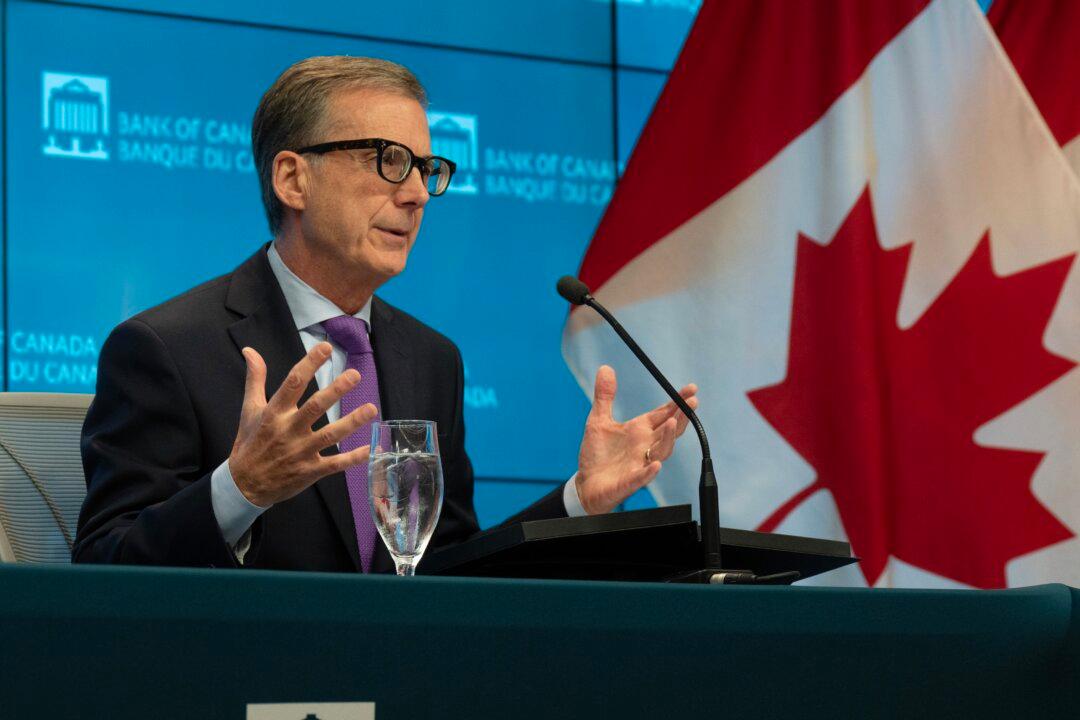Bank of Canada Governor Tiff Macklem says the budget update tabled Tuesday by the Liberal government won’t be adding new inflationary pressures.
“The budgetary balance is little changed relative to what it was in the budget earlier this year, so that means it’s not adding or subtracting over that horizon,” said Mr. Macklem during a Nov. 22 talk before the Saint John Region Chamber of Commerce in New Brunswick.





